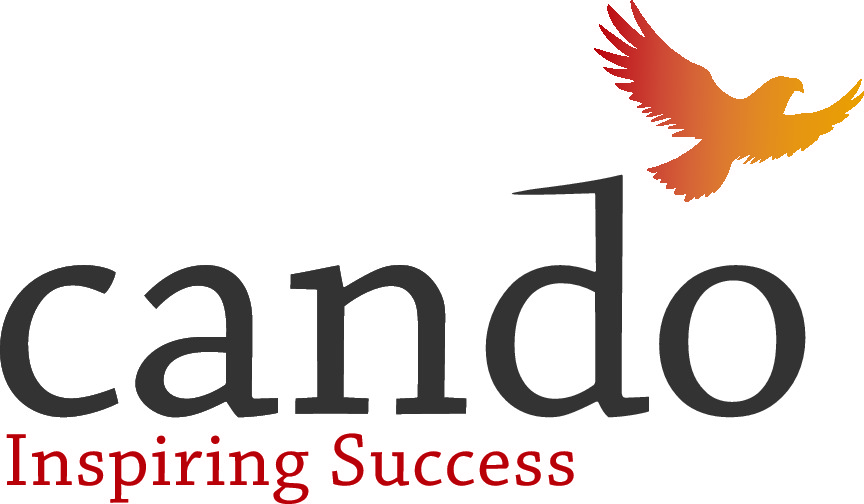Attracting Aboriginal Youth to The Study of Business: Mentorship, Networking, and Technology
DOI:
https://doi.org/10.29173/jaed369Keywords:
Business And Economics, Business education, Business students, Career counseling, Colleges & universities, Community, Curricula, Economic development, Ethnic Interests, Funding, Governance, Higher education, Indigenous peoples, Leadership, Mentoring, Native North Americans, Native students, Natural resources, Networking, School to work transition, Secondary education, Secondary schools, Technology, Trade, Mentorship, Indigenous business education, Indigenous youth and business eduacationAbstract
There is widespread recognition that Aboriginal Canada needs more community members with business training to work in economic development and management, particularly with the growing development of natural resources in Aboriginal territories and self-governance initiatives. Yet, only 12% of funded Aboriginal students pursue post-secondary education in business or commerce. Barriers to the pursuit of tertiary education include inadequate student preparation and career guidance, lack of funding, and attitudes surrounding the ability to do math. The Purdy Crawford Chair in Aboriginal Business Studies at Cape Breton University addresses these barriers via its program for Aboriginal youth, which combines mentorship, networking, and technology to facilitate the transition from high school to post-secondary studies and engage students in business education. This article outlines the model employed by the Purdy Crawford Chair and assesses the initiative in relation to relevant literature on mentorship and technology.
Downloads
References
Bernard, Tim. 2007. Mi’kmaq Resource Guide, 4th edition. Truro: Eastern Woodland Print Communications.
Bone, Harry, Dave Courchene, and Robert Greene. 2012. The Journey of the Spirit of the Red Man: A Message from the Elders. Bloomington: Trafford Publishing.
Boris-Schacter, Sheryl and Gayle Vonasek. 2009. “Dear Gayle, Dear Sheryl: Using E-mail for a Principal Mentorship.” The Phi Delta Kappan 90(7): 490–494.
Cape Breton University. n.d. “Unama’ki College: Our History.” Cape Breton University. Sydney: Cape Breton University. http://www.cbu.ca/unamaki/our-history, accessed 29 January 2014.
Colley, Helen. 2003. “Engagement Mentoring for ‘Disaffected’ Youth: A New Model of Mentoring for Social Inclusion.” British Educational Research Journal 29(4): 521–542.
Bruce, David, and Amanda Marlin. 2012. Literature Review on Factors Affecting the Transition of Aboriginal Youth from School to Work. Toronto, ON.: Council of Ministers of Education Canada.
Bruce, David, Amanda Marlin, and Mary Beth Doucette. 2010. A Study of the Atlantic Aboriginal Post-Secondary Labour Force. Dartmouth, N.S.: Atlantic Policy Congress of First Nations Chiefs Secretariat.<http://www.apcfnc.ca/en/economicdevelopment/resources/FinalReportTheAtlanticAboriginalPost-SecondaryLabourForceFinal.pdf>, accessed 29 January 2014.
Bruce, Mary, and John Bridgeland. 2014. The Mentoring Effect: Young People’s Perspectives on the Outcomes and Availability of Mentoring. Washington, DC: Civic Enterprises with Hart Research Associates for MENTOR: The National Mentoring Partnership. http://civicenterprises.net/MediaLibrary/Docs/MENTOR.pdf, accessed 17 February 2014.
Colbourne, Rick. 2012. “Ch’nook Indigenous Business Education Initiative.” Journal of Aboriginal Economic Development 8(1): 73–80.
DuBois, David L., Nelson Portillo, Jean E. Rhodes, Naida Silverthorn, and Jeffrey C. Valentine. 2011. “How Effective Are Mentoring Programs for Youth? A Systematic Assessment of the Evidence.” Psychological Science in the Public Interest 12(2): 57–91.
Erickson, Lance D., Steve McDonald, and Glen H. Elder, Jr. 2009. “Informal Mentors and Education: Complementary or Compensatory Resources?” Sociology of Education 82(4): 344–367.
Greenhow, Christine, Beth Robelia, and Joan E. Hughes. 2009. “Learning, Teaching, and Scholarship in a Digital Age: Web 2.0 and Classroom Research: What Path Should we Talk Now?” Educational Researcher 38(4): 246–259.
Heid, Karen A. 2002. “Mentoring in the Art Classroom.” Studies in Art Education 44(1): 67–78.
Istance, David, and Marco Kools. 2013. “OECD Work on Technology and Education: Innovative Learning Environments as an Integrating Framework.” European Journal of Education 48(1): 43–57.
Kirkness, Verna J. 1995. “Aboriginal Peoples and Tertiary Education in Canada: Institutional Responses.” The London Journal of Canadian Studies 11: 28–40.
Kist, William. 2008. “‘I Gave Up MySpace for Lent’: New Teachers and Social Networking Sites.” Journal of Adolescent & Adult Literacy 52(3): 245–247.
Kitsis, Stacy M. 2008. “The Facebook Generation: Homework as Social Networking.” The English Journal 98(2): 30–36.
Mendelson, Michael. 2006. Aboriginal Peoples and Postsecondary Education in Canada. Ottawa: Caledon Institute of Social Policy. http://www.turtleisland.org/education/abedalta.pdf, accessed 29 January 2014.
Mendelson, Michael. 2008. “Poor Educational Outcomes for Aboriginal Students Threaten Canada’s Prosperity.” Maytree Policy in Focus 5. Toronto: Maytree. http://maytree.com/policy/publications/maytree-policy-in-focus, accessed 17 February 2014.
Mitchell, Ted. 1998. “Mentorship as Leadership.” Change 30(1): 48.
Ragins, Belle Rose, John L. Cotton, and Janice S. Miller. 2000. “Marginal Mentoring: The Effects of Type of Mentor, Quality of Relationship, and Program Design on Work and Career Attitudes.” The Academy of Management Journal 43(6): 1177–1194.
Restoule, Jean-Paul, Angela Mashford-Pringle, Maya Chacaby, Christine Smillie, Candace Brunette, and Gail Russel. 2013. “Supporting Successful Transitions to Post-Secondary Education for Indigenous Students: Lessons from an Institutional Ethnography in Ontario, Canada.” International Indigenous Policy Journal 4(4): 1–10.
Russ, Pamela. 1993. “Partners in Education: A University-Middle School Mentorship Program.” The Clearing House 66(5): 285–287.
Syed, Moin, Barbara K. Goza, Martin M. Chemers, and Eileen L. Zurbriggen. 2012. “Individual Differences in Preferences for Matched-Ethnic Mentors Among High-Achieving Ethnically Diverse Adolescents in STEM.” Child Development 83(3): 896–910.
Wagner, David. 2011. “Intercultural Positioning in Mathematics.” In Interdisciplinarity for the Twenty-First Century, Proceedings of the Third International Symposium on Mathematics and Its Connections to Arts and Sciences, Moncton, 2009, edited by Bharath Sriraman and Viktor Freiman, 1–15. Charlotte: Information Age Publishing.
Wankel, Charles. 2009. “Management education using social media.” Organizational Management Journal 6: 251–262.
Warschauer, Mark and Tina Matuchniak. 2010. “New Technology and Digital Worlds: Analyzing Evidence of Equity in Access, Use, and Outcomes.” Review of Research in Education 34: 179–225.
Downloads
Published
Issue
Section
License
Copyright (c) 2016 Cando

This work is licensed under a Creative Commons Attribution-NonCommercial-NoDerivatives 4.0 International License.




